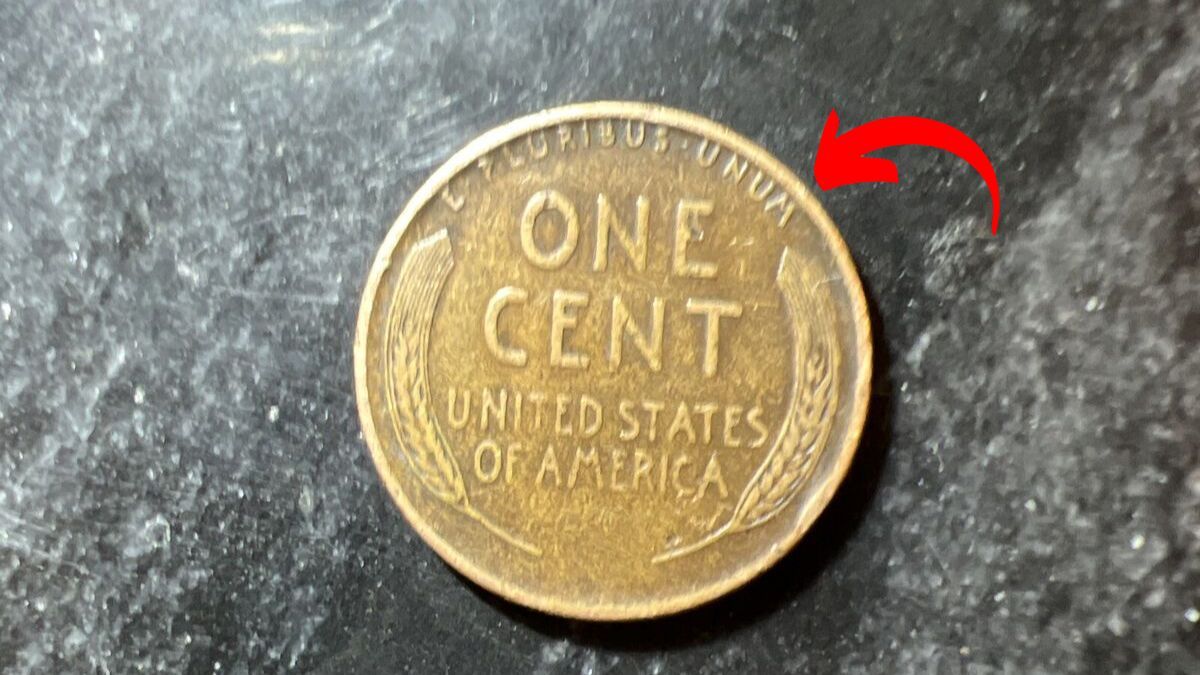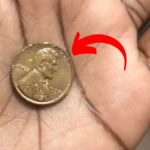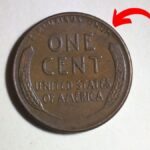The Rare Lincoln Wheat Penny Worth $111 Million: Could a simple penny be worth more than most luxury mansions combined? In the fascinating world of numismatics, the Lincoln Wheat Penny has emerged as potentially one of the most valuable coins ever discovered. While most pennies are worth exactly one cent, certain rare specimens have been valued at staggering amounts—with recent claims suggesting one particular Lincoln Cent could be worth an astonishing $111 million. Though such extraordinary valuations require careful verification, the possibility of such treasure hiding in plain sight continues to captivate collectors and dreamers alike.
The Birth of an American Icon
The Lincoln Cent first appeared in American pockets in 1909, representing a significant milestone in the nation’s coinage. This penny marked the first time an actual person—President Abraham Lincoln—was featured on a regularly circulating U.S. coin. Designed by Victor David Brenner to commemorate Lincoln’s 100th birthday, the original penny featured Lincoln’s profile on the front and two wheat stalks on the reverse, giving rise to its popular nickname, the “Wheat Penny.” This design remained in production until 1958, creating nearly fifty years of collectable specimens.
What Makes Certain Pennies Incredibly Valuable
Not all Lincoln Cents are created equal in terms of value. Several key factors can transform an ordinary penny into a numismatic treasure. Extreme rarity stands as perhaps the most important consideration—coins with very limited production or those created by manufacturing errors can command extraordinary prices. The condition of the coin also plays a crucial role, with specimens that have survived decades in pristine, uncirculated condition being particularly valuable. Finally, historical significance adds another layer of desirability, especially for coins connected to important moments in American history.
The Wartime Penny Miracle
Among the most valuable Lincoln Cents are those produced during World War II. In 1943, to conserve copper for the war effort, the U.S. Mint switched to producing steel pennies. However, a few bronze planchets (coin blanks) from 1942 accidentally made their way into production, creating the exceedingly rare 1943 bronze Lincoln Cent. These error coins are among the most sought-after in American numismatics, with specimens selling for hundreds of thousands of dollars. Their scarcity and the fascinating story behind their creation make them particularly appealing to serious collectors.
Hunting for Treasure in Your Change
For those hoping to discover a valuable Lincoln Cent, several key identifiers warrant attention. Early dates, particularly those from 1909, are especially desirable. The presence of mint marks (small letters indicating where the coin was produced) can significantly affect value—with the 1909-S VDB (featuring the designer’s initials and produced at the San Francisco mint) being particularly coveted. Production errors such as double strikes or off-center impressions can also dramatically increase a penny’s worth. While finding an extremely valuable specimen remains unlikely, discoveries continue to occur as coins surface from old collections and family inheritances.
The Importance of Expert Verification
Given the potential value of rare Lincoln Cents, professional authentication becomes essential. Expert numismatists employ specialized equipment and years of experience to evaluate a coin’s authenticity, condition, and unique characteristics. This professional assessment helps determine a coin’s true market value and protects collectors from counterfeit or altered specimens. Anyone believing they’ve found a particularly valuable coin should consult with a reputable coin dealer or professional grading service before making any decisions about their discovery.
The Enduring Appeal of Coin Collecting
The story of the potentially $111 million Lincoln Cent represents more than just a valuable coin—it symbolizes the enduring appeal of numismatics. Coin collecting connects us with history in a tangible way, allowing us to hold physical objects that have passed through countless hands across generations. The possibility of discovering something extraordinary in ordinary change adds an element of excitement to this historical pursuit. Whether motivated by investment potential, historical interest, or simply the thrill of the hunt, coin collecting continues to captivate people of all ages and backgrounds.


